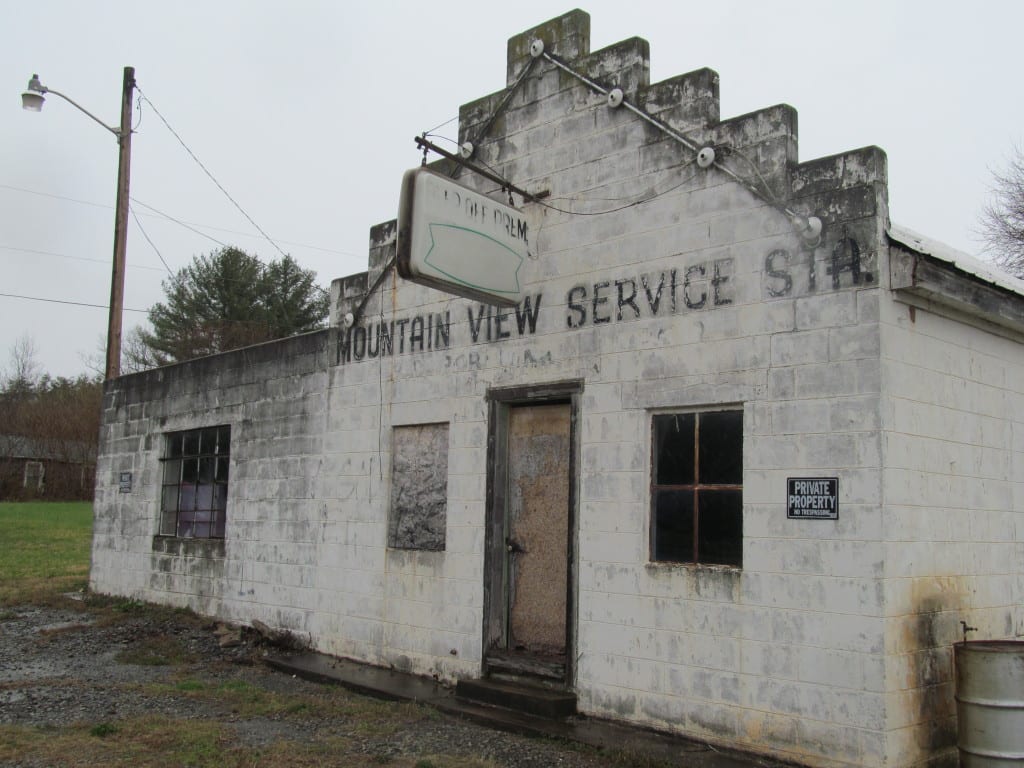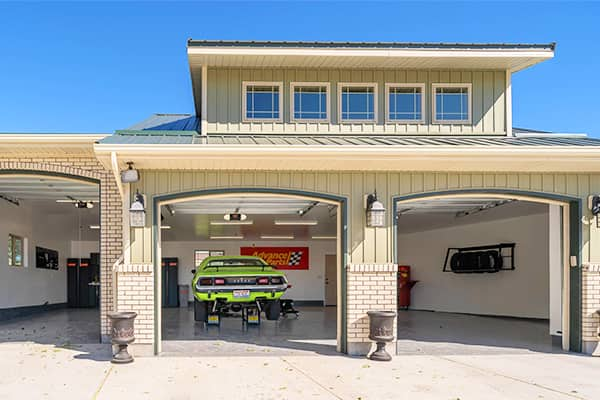 Our Mechanic Next Door reminisces about this steadily declining American institution--where many DIY'ers and professional mechanics first got started.
Our Mechanic Next Door reminisces about this steadily declining American institution--where many DIY'ers and professional mechanics first got started.
Frank’s Gulf Gas and Service Station was a slightly intimidating place to a five year old. It was dark inside the “office” and in the garage, everything seemed to be either blue-gray or black, and Frank was a tall man, constantly wiping grease from his hands on the blue rag that dangled from his back pocket.
I learned quickly, however, that Frank’s was also a fun place. There were always ice cream sandwiches and cones in an old chest freezer inside the office that we could choose from. Frank’s easygoing personality, quick smile and willingness to help matched his intimidating stature. And, to top it all off, when our car was being serviced, Frank would let us sit in it while he raised it up high on the lift.
As much fun as it was for us kids, however, Frank’s was a lifesaver for my parents, and many of our neighbors.
Whenever there was anything wrong with the car, my dad always said, “Take it to Frank’s.” From routine maintenance to major repairs and pumping gas in between, Frank did it all in a two-bay gas station at the crossroads.
Frank’s, and tens of thousands of other gas and service stations like his across the country, are where countless teenagers first got some grease under their fingernails and began a journey to becoming a lifelong DIYer or professional mechanic. Hang around a gas station, cars and seasoned gas jockeys and mechanics long enough and you can’t help but learn about engines and how they run.
The service station’s history is murky, much like the quality of early gasoline when it was first dispensed everywhere and from everything, including in general stores and from buckets whose contents had to be funneled into the car. The first purpose-built service station is widely credited as being the Gulf Refining Company’s architect-designed, pagoda-style brick building that opened in Pittsburg in 1913. Earlier claims point to a Standard Oil station that opened in Seattle in 1907, but Gulf’s station is thought to be the first designed and built specifically to dispense free air, water and tire- and crankcase-related services, and of course gasoline. This entertaining and informative video traces the service station’s evolution and how the industry has changed. 
Sadly, the neighborhood gas and service station is steadily becoming a thing of the past. Even Frank’s Gulf has long since closed, and the trend shows no sign of abating. 2013 data from NACS and Nielsen counted 152,995 retail fueling sites in the U.S., a continued decline from 1994 when there were nearly 203,000 gas stations. If you don’t remember or have never seen what a full-service, old-school gas station looks like, check out these photos.
Replacing the mom and pop neighborhood service station are 24-hour, corporate-owned convenience store chains whose primary business focus is selling motorists groceries, fast food and even hardware and household goods. With declining profit margins on gas sales, the only reason many even have pumps is simply to get customers in the door. Vehicle service and repairs at these convenience store gas stations have virtually disappeared. They even have their own trade industry association helping represent their interests – the National Association of Convenience Stores (NACS).
It’s widely agreed that the death knell for neighborhood service stations began in the 1960s when convenience stores first started invading the gas-dispensing business, helped in part by new pump technology and states lifting bans on motorists dispensing their own gasoline. Today, only New Jersey and Oregon still have a ban on filling the tank yourself. Also helping fuel the decline were big retailers and grocery store chains’, including WalMart and Kroger, entrance in the 1990s into the business of selling gas.
The decline can’t be blamed solely on competition, however. Stricter environmental regulations related to fuel pumps and underground fuel tanks increased costs for many mom and pop stations while improved vehicle fuel efficiency and the rise of vehicles that use little or no gas saw fewer customers pulling up their stations for a fill up.
 Full-service, neighborhood gas stations’ disappearance is a loss for budding mechanics and DIY'ers everywhere, who no longer have a place to go after school where they can get their hands dirty and their minds filled with automotive knowledge. It’s also a loss for drivers who don’t check tire pressure often enough or other vital fluids – including the oil level and when it needs to be changed – and for those who need a quick fix or some free advice while getting a fill up.
Full-service, neighborhood gas stations’ disappearance is a loss for budding mechanics and DIY'ers everywhere, who no longer have a place to go after school where they can get their hands dirty and their minds filled with automotive knowledge. It’s also a loss for drivers who don’t check tire pressure often enough or other vital fluids – including the oil level and when it needs to be changed – and for those who need a quick fix or some free advice while getting a fill up.
Frank’s empty building is still there, but inside it’s even darker than I remembered, much like the outlook for the remaining mom and pop service stations that have somehow managed to hang on.
Editor’s note: Have you logged in any hours at your neighborhood garage? In that same spirit, visit Advance Auto Parts for the parts and tools you need to finish your projects right. Buy online, pick up in store, in 30 minutes.








